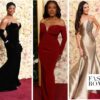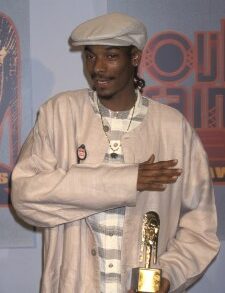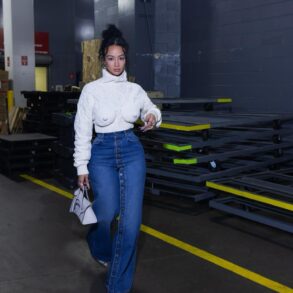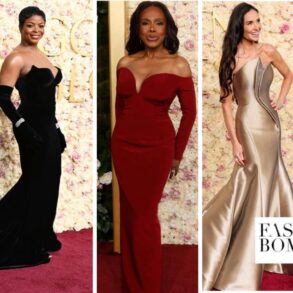Since childhood, I’ve been captivated by fashion. Despite my evolving style, I’ve always been drawn to streetwear. Its ability to blend comfort with style challenges the notion that fashion and comfort can’t coexist.
For a long time, the luxury fashion world, which prided itself on art and emotions, looked down upon streetwear. However, streetwear has taken the fashion world by storm from hip-hop classics to the latest Korean streetwear ensembles. Join us as we explore streetwear’s journey and its intersection with luxury.
History
Before streetwear swaggered into the spotlight, hip-hop was the spark that ignited a cultural revolution in the ’70s. Hip-hop was a boundless playground where creativity ran wild and free.
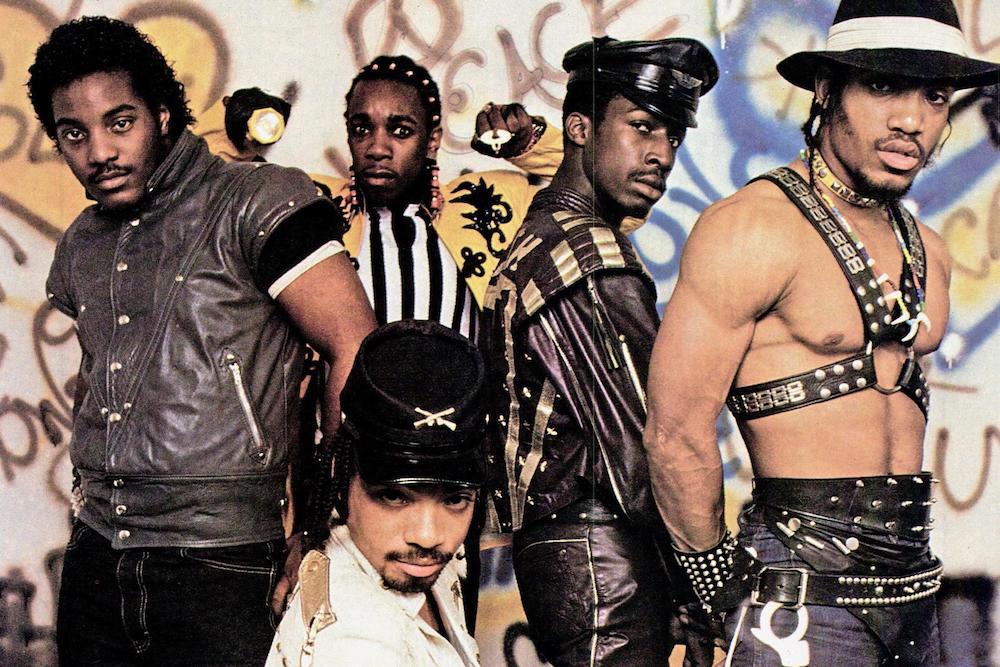

With no brands catering to the urban vibe, trailblazers like Grandmaster Flash and the Furious Five and Afrika Bambaataa turned everyday items into fashion statements, prioritising comfort and self-expression. These innovators went from being experimenters to trendsetters, navigating the birth of a new fashion era.
The ’80s, the golden age of hip-hop, saw streetwear explode in popularity. Icons like the Sugarhill Gang, Public Enemy, and Run-D.M.C. took street fashion to new heights. As their fame and fortunes grew, so did their demand for style that matched their swagger.
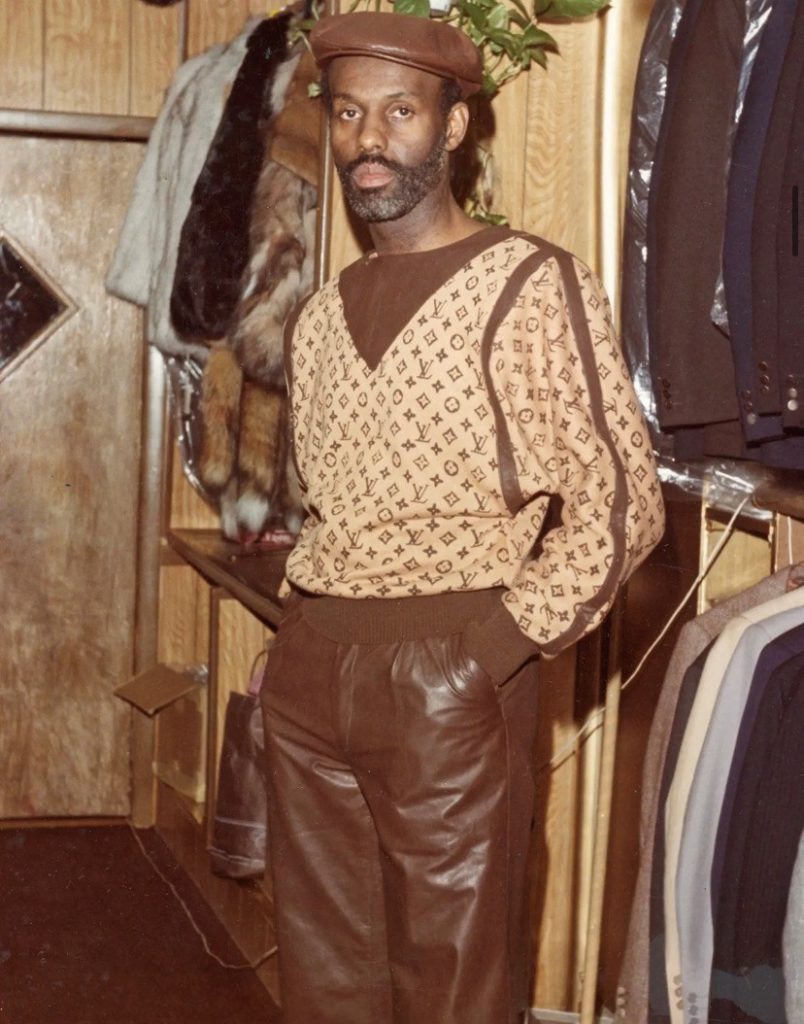



Brands like Gucci and Louis Vuitton existed, but they didn’t cater to the hip-hop scene’s unique needs. Enter Dapper Dan, the legendary godfather of streetwear, who customised luxury logos into urban masterpieces, giving high fashion a fresh, streetwise twist.
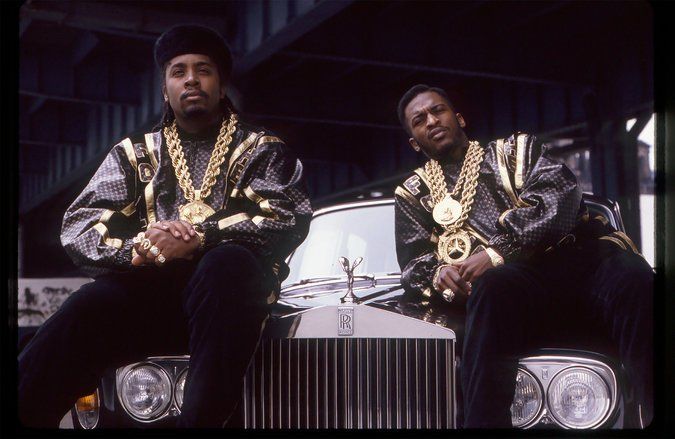



Recognising the demand, the ’90s saw the birth of countless streetwear brands like Triple 5 Soul, Walker Wear, PNB Nation, Dada Supreme, Married To The Mob, RP55, and Mecca. These brands laid the groundwork for today’s fashion landscape.
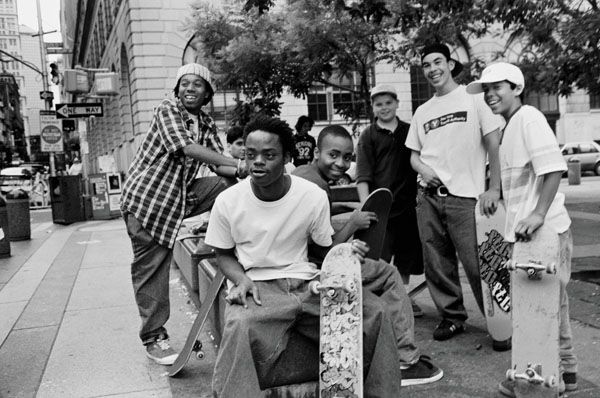



The 2000s marked hip-hop culture’s expansion from city streets to suburban skate parks. Skateboarders, previously inspired by punk and rock, began to embrace hip-hop. This cultural shift brought baggy pants, oversized t-shirts, and graphic tees into the mainstream.




Brands like LRG, The Hundreds, and Shorty’s rose to prominence, blending urban and skate styles into a new streetwear phenomenon. By the mid-2000s, as urban fashion faded, streetwear emerged as a powerful amalgamation of urban grit and skateboard cool, cementing its place in the fashion world.
Why luxury brands looked down upon Streetwear
Once upon a time in the world of luxury, high fashion was all about crafting the finest garments, woven by the hands of artisans with names that rolled off the tongue like poetry. By the 18th and 19th centuries, brands like Hermès, Chanel, and Christian Dior had become the gatekeepers of style, defining the luxury market with their superior quality and impeccable craftsmanship.




Luxury was an exclusive club, reserved for those with deep pockets and a discerning eye for textiles and tailoring. The elites ruled this realm, and anything outside their haute couture bubble was simply not on the radar.
Enter streetwear—everything luxury was not. Brands like LRG, Mecca, and FUBU gained traction in the ’90s but were dismissed by the high-fashion hierarchy. Bold designs and graffiti-inspired aesthetics? Not their cup of tea. While luxury fashion focused on a predominantly female clientele, streetwear captured the hearts of the hip-hop and skate scene, predominantly male.
In the 2000s, as hip-hop and streetwear culture surged, Nigo’s BAPE shook things up by catering to only 10% of the demand and showcasing his sneaker designs as museum-worthy art. BAPE’s creative displays shattered preconceived notions, proving streetwear could be as exclusive and coveted as any luxury item.
Brands like Supreme amplified this movement, with limited releases that had fans lining up around the block. By 2015, streetwear had reached new heights, and giants like Nike and Adidas joined the game, adopting the same drop culture.
Then came Virgil Abloh, the mastermind behind Off-White, who aimed to bridge the gap between street fashion and high fashion. “Off-White is sort of my resume and mood board for an actual idea that I have for the modern luxury brand. It’s almost like a laboratory,” he said. His vision captivated millennials, creating enough buzz for luxury brands to take notice.
This youth-driven revolution pushed luxury titans like Gucci and Louis Vuitton to embrace streetwear. Today, the lines between these two worlds have blurred so much that it’s hard to tell where one ends and the other begins. The collision of couture and concrete has reshaped fashion, proving that high style can come from both the runway and the streets.
Did streetwear save luxury or will it be an end for luxury?
There was a time when luxury fashion seemed to be losing its lustre, while streetwear was climbing the style charts faster than a viral TikTok. Streetwear’s magic spell enchanted the 18-25 crowd, making it the go-to wardrobe for the young and trendy. Luxury brands watched labels like Supreme, Off-White, and BAPE skyrocket to success, leaving them with a serious case of FOMO.
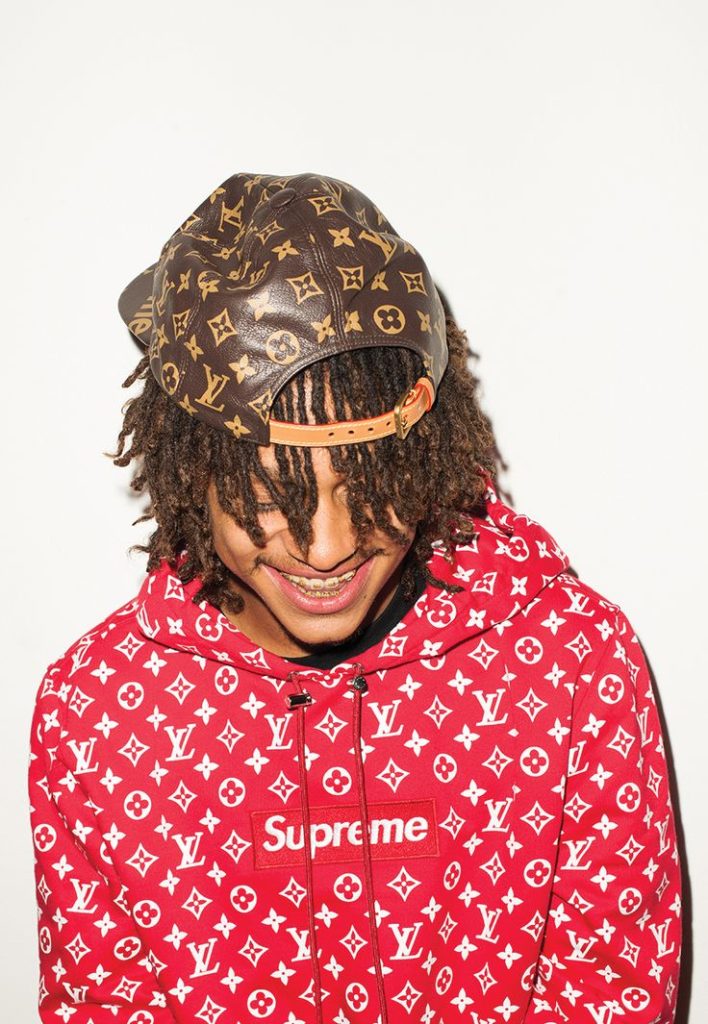



This new generation, earning ten times more than their ’80s and ’90s counterparts, represented a goldmine of potential. So, the once-aloof luxury brands decided it was time to get in on the action. They dove into strategic collaborations: Louis Vuitton teamed up with Supreme, Dior danced with Jordan, and Prada paired up with Adidas. It was a match made in fashion heaven.
But they didn’t stop there. Louis Vuitton made the bold move of appointing Virgil Abloh, the genius behind Off-White, as their creative head. After his untimely passing, they enlisted Pharrell Williams, a hip-hop and street fashion legend. Other brands quickly followed suit, and suddenly, luxury fashion was cool again. Simple graphic tees with high-end logos flew off the shelves, and luxury found a new lease on life.
Streetwear and luxury fashion became two harmonious notes in the same stylish symphony. What started as a trend has now solidified into a distinct fashion category. It’s clear that luxury doesn’t need to fear streetwear—together, they create a dynamic duo that keeps the fashion world spinning.
Also read: Fashion Brands That Definitely Need to Rediscover Their 90s Runway Magic
This post was originally published on this site be sure to check out more of their content.



